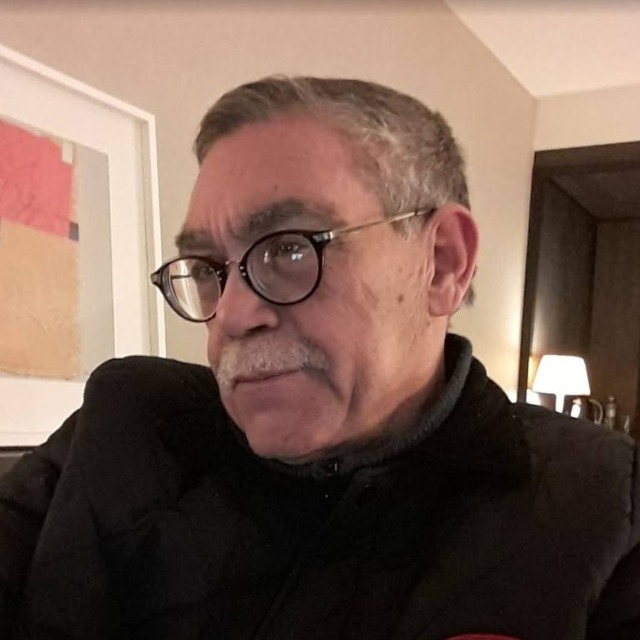The concept of preserving collective memory has emerged as a universal demand since the end of World War II and the beginning of the era of national independence in many southern countries. This is what led Pierre Nora, the author of “Les Lieux de Mémoire” (Sites of Memory), to describe the history of the present time as an era of the cosmic emergence of memories. Whether it is related to the aftermath of imperial and Western colonial wars (such as the Nazi Holocaust) or the polarization and intensification of conflicts and contradictions among the parties and choices presented during the moment of independence and the construction of independent state projects.
The targeted violations of human dignity and the freedom of peoples remained closely tied to memory and resisted forgetting. Consequently, breaking away from the wounds and sufferings of the past became a guarantee for preventing the repetition of these wounds and sufferings in the present and future, which has become an area of interest and work for genuine human rights activists worldwide, as well as researchers and actors in living communities here and there. In Morocco, for example, the demand to preserve the memory of the years of lead became associated with the Moroccan experience in transitional justice with the Equity and Reconciliation Commission (January 2004/November 2005).
The commission worked on uncovering the truth and magnitude of the grave violations of human rights, in light of the causes and consequences that occurred during the historical period from 1956 to 1999. This experience, which has completed its first decade so far, calls for evaluating the achievements of the recommendations related to preserving memory and reconciling with national identity and history. Despite the fact that the Independent Arbitration Commission (1999) was limited to providing financial compensation to the victims of grave human rights violations, the national dialogue on grave human rights violations (November 2001) emphasized the concept of reparations, including the disclosure of truth, identifying facts, victims, and responsibilities, in addition to the necessity of preserving memory. These were the provisions stipulated by the Equity and Reconciliation Commission.
The victims were able, in a moment of collective optimism and sharing of wounds and sufferings, to express what their memories held through public hearing sessions, with the hope for justice and reconciliation with oneself, society, the state, and history. Many victims also managed to produce and publish numerous significant narrative works, enriching the literature of prisons and some arts related to the suffering of families. In parallel, filmmakers worked on producing documentary and fictional films in this field, further enriching the Moroccan filmography. When the follow-up of the recommendations by the Equity and Reconciliation Commission was transferred to the Consultative Council for Human Rights, the council established a program to accompany the recommendations related to memory, archives, and history, with funding from the European Union. The aspiration at that time and thereafter was linked to the transformation of former secret detention centers and historically symbolic sites into museums or sites of memory and conscience.
Thus, international conferences were organized in Al Hoceima, Errachidia, and Casablanca, and these centers were diagnosed and presented in an elegant book. Moreover, the restoration of a building in the center of Al Hoceima was initiated to convert it into a Rif Memory Museum. However, the approach of the National Council and the relevant state institutions hindered the actual achievements and desired expectations, both from the victims and from Moroccan society as a whole. The obstacles primarily stemmed from the limitation of willpower and enthusiasm demonstrated by some relevant state institutions, as they replaced agendas and priorities. Additionally, the involvement of victims, their associations, and the entire spectrum of human rights, cultural, and artistic actors in the approach to preserving the memory of the years of lead in Morocco was not realized. It was not surprising, therefore, that activists of the popular movement in the Rif resorted to replacing the ruins and remnants of the “Rif Memory Museum” project in Al Hoceima with the public square located in front of it, to establish an “Agora” or a “Living Museum Beyond the Walls.” Thus, for several months in 2016 and 2017, the memory of the Rif circulated through anthems, slogans, words, sounds, images, and paintings, and a forgotten memory emerged from the ashes of oblivion through protests against marginalization, corruption, and violations of human dignity, demanding social justice, fairness, and human dignity.

